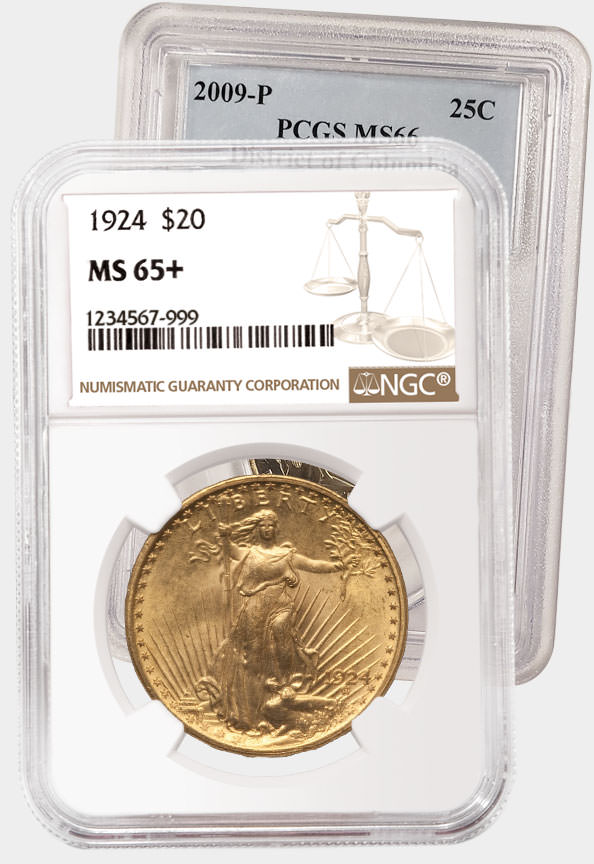Counterfeit Detection: China 2010 500 Yuan Panda
Posted on 14/06/2011
The first Chinese Panda coins were issued in 1982 and this series has since skyrocketed in popularity. Originally struck in gold one ounce, 1/2 ounce, 1/4 ounce, and 1/10 ounce sizes, a gold 1/20 ounce, as well as silver, platinum, and palladium issues, were produced in subsequent years. As demand and prices have increased dramatically in recent years, Panda coins have become a major target of counterfeiters.
NGC has received a number of fake Panda coins and continues to find new varieties of counterfeits in submissions. Previous articles by NGC have documented many of these fakes [see links below], but a previously undocumented counterfeit 2010 gold 500 Yuan (one ounce) Panda was recently identified by graders. This Panda coin closely resembles an authentic specimen and exhibits sharp detail throughout most of the design. The composition also appears to be accurate.
Despite the quality of many fake Panda coins, counterfeiters still have trouble mastering the finer details of the design elements and fields. The eyes of the Pandas are often the easiest diagnostic to use to determine the coin’s authenticity. While the pandas on this counterfeit have granular and poorly defined eyes, the pandas on genuine 2010 500 Yuan specimens have smooth and deeply reflective corneas.
Chinese Pandas are an interesting series to collect, but unfortunately their popularity has provided a market for countless fakes. Collectors should use extreme caution when given the opportunity to purchase an uncertified Chinese Panda coin. NGC maintains photographic records of the counterfeits that are received and experienced world coin graders can spot the more subtle features of these well produced fakes.
Previous Counterfeit Panda Articles:
March 1, 2005
November, 2006
April, 2007
Stay Informed
Want news like this delivered to your inbox once a month? Subscribe to the free NGC eNewsletter today!






